Are you dealing with a contaminated well and trying to figure out the safest, most effective way to disinfect it?
What’s The Safest Way To Disinfect A Contaminated Well?
This article shows you the safest, step-by-step approach to disinfecting a contaminated well, with practical calculations, safety tips, troubleshooting, and guidance on when to call a professional. You’ll learn how to plan, dose, apply, and verify disinfection so your water is safe for use.
Why safe well disinfection matters
Disinfecting a well improperly can leave harmful bacteria or chemicals in your water, damage equipment, or cause health and environmental hazards. You need methods that reliably kill microbial contaminants while protecting you, your plumbing, and the aquifer.
Recognizing a contaminated well
You should suspect contamination when your water tastes, smells, or looks off, or when health officials or lab results say so. Common signs and causes help you decide whether shock chlorination is appropriate.
Common signs of contamination
If your water has a strong chlorine, rotten egg, or sewage smell, or you see cloudy water, slime, or rust, don’t ignore it. You may also have complaints of gastrointestinal illness tied to household water use. Any of these signs call for testing and possible disinfection.
Typical contamination sources
Contamination can come from surface runoff after heavy rains, a damaged well cap, nearby septic system failure, flooded well areas, cracked casing, or animal activity near the wellhead. Knowing the source helps you prevent repeat contamination.
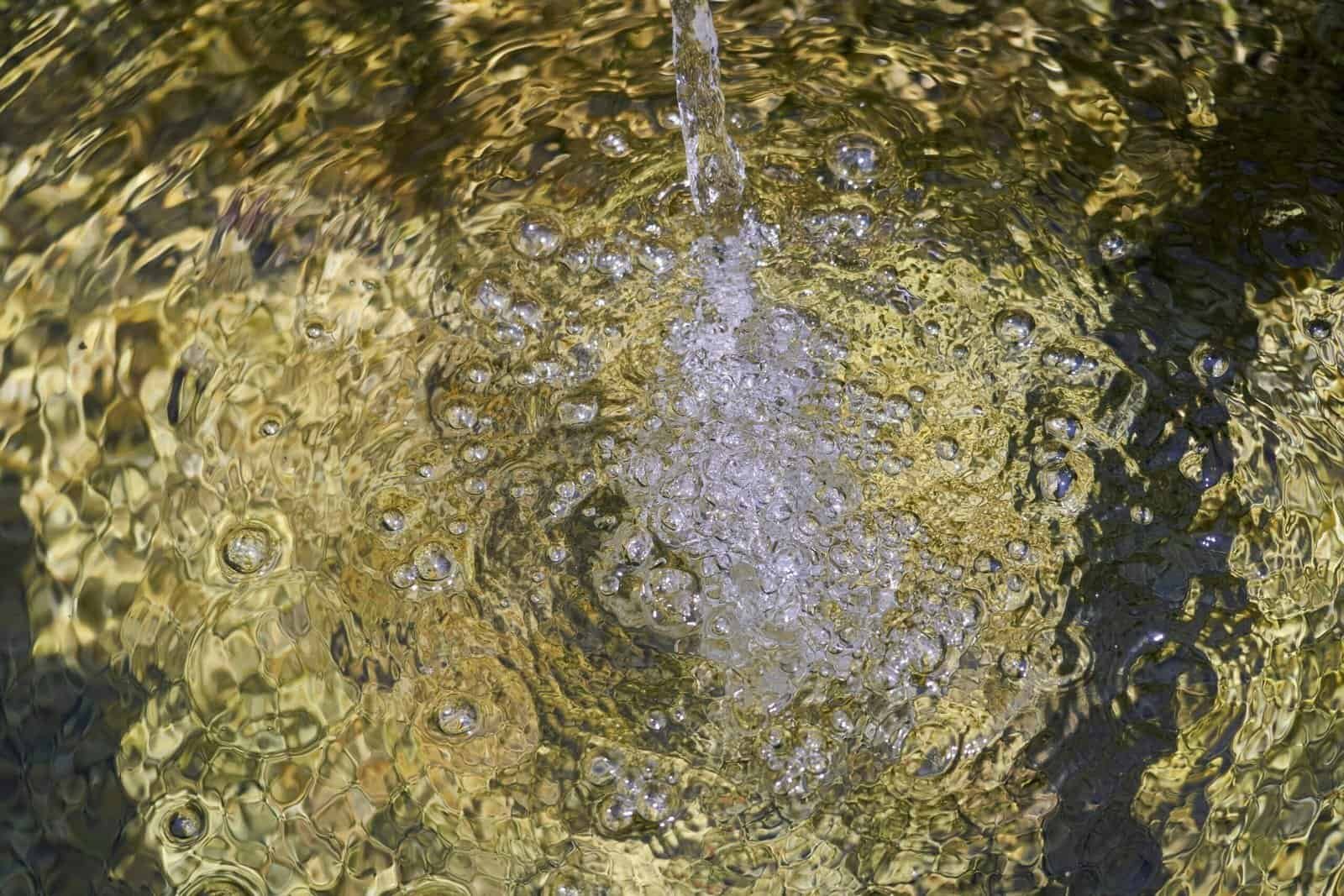
Before you disinfect: testing and planning
You need baseline water tests, measurements of the well and plumbing volume, and a plan for safety and wastewater control before you add any disinfectant.
Water testing: what to check first
Test for total coliforms and E. coli to confirm bacterial contamination. If you suspect chemical contamination (nitrate, nitrate, pesticides, VOCs), test for those too. Use an accredited lab or your local health department. You’ll base disinfection decisions on these results and on the suspected contamination source.
Measure what you’re treating
Calculate the volume of water that will be chlorinated—this includes water in the well column plus water in pressure tanks, hot water heaters, and plumbing. You’ll need this total volume to calculate how much chlorine solution to add.
- Estimate water in well: use the well casing diameter and the depth of water you will treat.
- Add the water in storage: include pressure tank capacity (water portion), hot water tank gallons, and approximate plumbing volume (short lengths of pipe add up).
Safety and permits
Check local regulations—some health departments have guidance or require notification for well disinfection. Also prepare personal protective equipment, ensure good ventilation, and plan for safe disposal of chlorinated wastewater.
Chlorine: the most common disinfectant
Chlorine (sodium hypochlorite, household bleach) is usually the safest and most practical choice for shock chlorination of wells. It’s widely available, inexpensive, and effective against bacteria and many pathogens.
Types of chlorine products
You’ll use household bleach (sodium hypochlorite) at 5.25–8.25% available chlorine for most well work. Other sources include liquid pool chlorine (higher concentration) or granular calcium hypochlorite. For most homeowners, household bleach is easiest and safest.
Why chlorine works
Chlorine produces free chlorine in water, which oxidizes and destroys bacteria and many microorganisms. If you maintain an adequate concentration for a sufficient contact time, you can inactivate most bacterial contaminants.
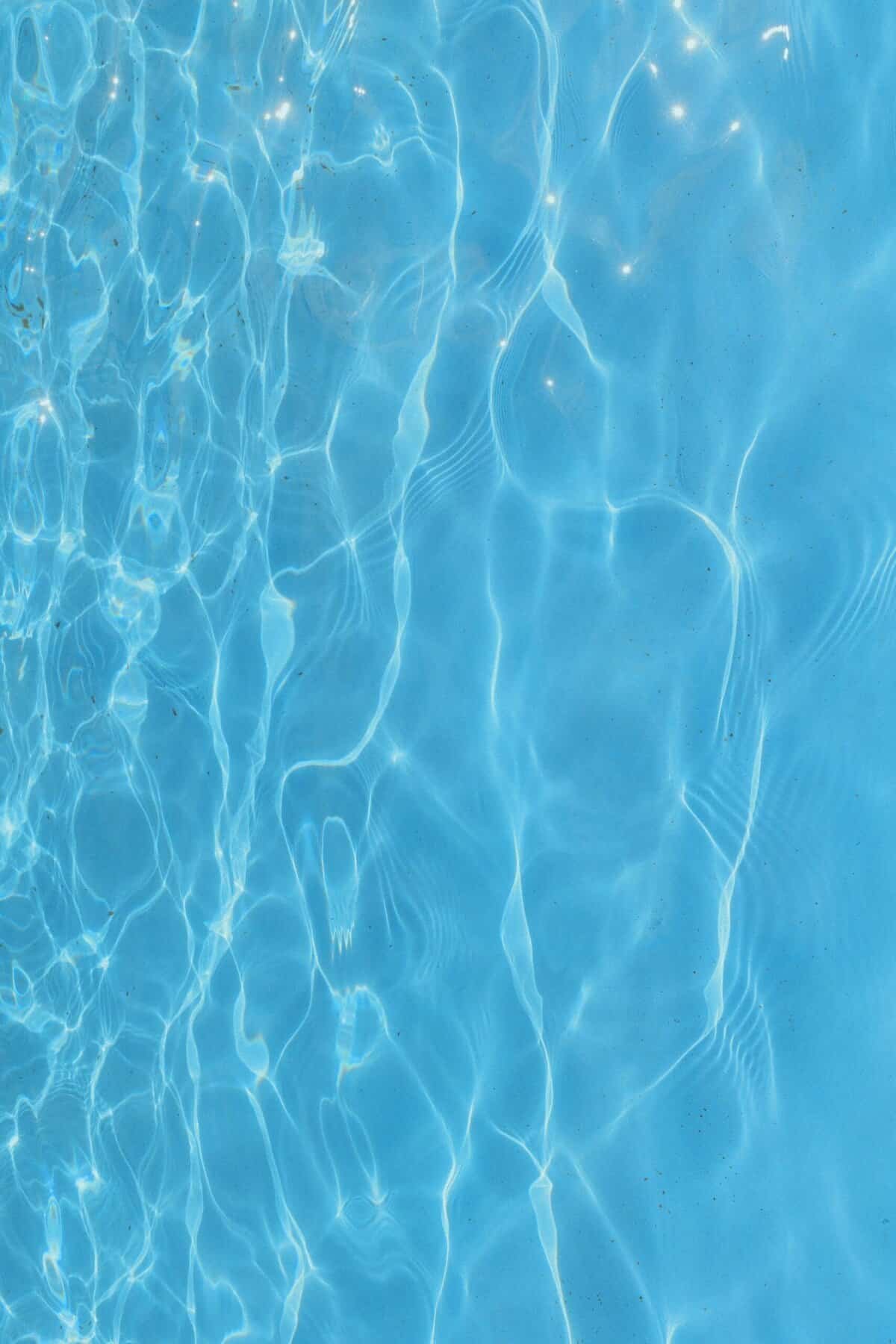
How much chlorine do you need? Calculations and examples
You need to calculate the volume of water to treat and how much bleach to add to reach a target free chlorine concentration. Shock chlorination typically targets 50–200 ppm free chlorine in the treated water. For routine bacterial contamination, 50–100 ppm is usually adequate; for heavy contamination, professionals may use up to 200 ppm.
Volume calculation: how much water is in your well
Use this common formula to estimate the water volume in the well casing:
Volume of water in well (gallons) = 0.0408 × D^2 × H
- D = well casing diameter in inches
- H = depth of water in feet (the water column that will be treated)
- 0.0408 is the conversion factor giving gallons per foot of water for a circular well of given diameter
Example: For a 6-inch well with 50 feet of water: Volume = 0.0408 × 6^2 × 50 = 0.0408 × 36 × 50 = 73.44 gallons
Add to that the volume of your pressure tank(s) and hot water heater.
Chlorine dosage formula (using household bleach at ~5.25% available chlorine)
Use this formula to estimate gallons of household bleach required:
gallons of bleach = (target ppm × gallons of water to be treated) / 52,500
Explanation: Each gallon of 5.25% bleach provides approximately 198,700 mg of available chlorine, which yields about 52,500 ppm when divided per gallon of water. This formula scales to any volume.
Example 1: You have 200 gallons total (well + plumbing). To reach 50 ppm: gallons_bleach = (50 × 200) / 52,500 = 10,000 / 52,500 ≈ 0.19 gallons ≈ 24.3 fluid ounces (about 3/4 of a liter)
Example 2: For 1,000 gallons to reach 100 ppm: gallons_bleach = (100 × 1,000) / 52,500 ≈ 100,000 / 52,500 ≈ 1.905 gallons
Quick dosing table for common targets
| Total water volume (gallons) | Bleach for 50 ppm (approx.) | Bleach for 100 ppm (approx.) |
|---|---|---|
| 50 | 2.5 fl oz (0.02 gal) | 5 fl oz (0.04 gal) |
| 100 | 5 fl oz (0.04 gal) | 10 fl oz (0.08 gal) |
| 200 | 10 fl oz (0.08 gal) | 20 fl oz (0.16 gal) |
| 500 | 25 fl oz (0.20 gal) | 50 fl oz (0.40 gal) |
| 1,000 | 0.95 gal (121 fl oz) | 1.90 gal (242 fl oz) |
| 2,000 | 1.90 gal | 3.81 gal |
Note: These values are approximate and assume household bleach at 5.25% available chlorine. If your bleach concentration differs, adjust proportionally.
Step-by-step shock chlorination procedure
Follow these steps carefully. Always prioritize safety and avoid mixing chlorine with other chemicals.
1. Prepare and protect yourself
Wear chemical-resistant gloves, eye protection, and clothing that covers skin. Work with a partner if possible and have fresh water nearby in case of accidental contact. Do not breathe strong chlorine fumes; work outside the wellhead area if possible.
2. Calculate volumes and prepare bleach solution
Calculate the total volume to be treated and the amount of bleach needed using the formulas above. Mix the bleach with water in a clean bucket to dilute before adding to the well—this helps spread it more evenly.
3. Turn off pumps and electrical equipment
Shut down the well pump, electrical circuits to pump controls, and any automatic systems. This prevents damage to equipment during chlorination and protects you from electrical hazards.
4. Add chlorine to the well
Remove the well cap or lid and pour the diluted bleach solution down the casing. If the well has access for a hose, you can use a funnel to avoid splashing. If you can’t access the casing easily, pour solution slowly into the well opening.
5. Treat the entire system (plumbing and storage)
Open each faucet one at a time (hot and cold) until you smell chlorine, then close. This pulls chlorinated water into all parts of your plumbing. Don’t forget outside hose bibs, irrigation systems, and any storage tanks. For the hot water tank, you’ll want to run hot water until chlorine smell is present in hot taps.
If you have a way to recirculate (a hose from a tap back to the well), run the pump briefly and circulate for several minutes to ensure strong mixing.
6. Let it sit (contact time)
Allow chlorinated water to remain in the well and plumbing for an adequate contact time. A minimum of 8–24 hours is recommended; many health departments suggest at least 12 hours. For heavy contamination, extended contact (24–48 hours) is often used. Keep the system static and do not use water during this period.
7. Flush until chlorine is gone
After contact time, flush all faucets, starting with outside hose bibs, then interior cold and hot taps, until chlorine odor is gone. Flush long enough to clear the system and remove chlorinated wastewater in a way that won’t harm landscaping or septic systems. Neutralize high-chlorine discharge with sodium bisulfite or sodium thiosulfate if needed before disposal, especially into sensitive environments.
8. Retest your water
After the chlorine is flushed and the water is free of smell (and preferably after waiting 24–48 hours), collect new samples for bacteriological testing. Most labs require samples with no residual chlorine; follow the lab’s sampling instructions closely. Repeat testing as recommended—commonly one test after shock chlorination and again after a week if necessary.
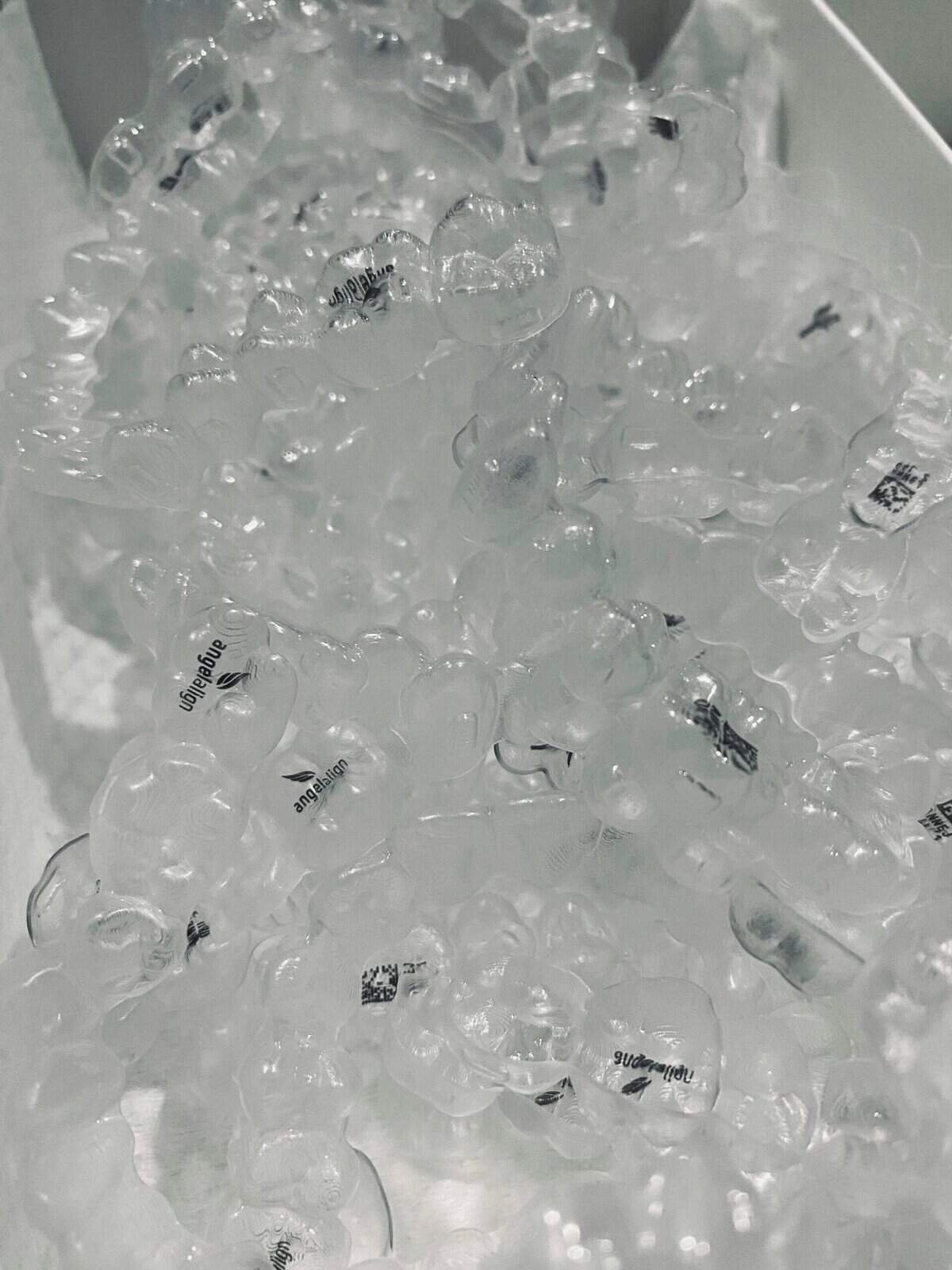
A checklist table for the process
| Step | Action | Notes |
|---|---|---|
| 1 | Test baseline water | Total coliform, E. coli, and other suspected contaminants |
| 2 | Measure volumes | Well water column + tanks + plumbing |
| 3 | Calculate bleach dose | Use formula or dosing table |
| 4 | Gather PPE & materials | Gloves, goggles, bleach, funnel, buckets |
| 5 | Turn off pump/electrical | Prevent equipment damage |
| 6 | Add diluted bleach to well | Pour slowly, avoid splashes |
| 7 | Circulate chlorine through system | Open taps until smell detected |
| 8 | Let sit for 8–24+ hours | Longer for heavy contamination |
| 9 | Flush until chlorine gone | Neutralize discharge if needed |
| 10 | Retest water | Follow lab instructions |
Safety precautions and handling chlorine
You must treat chlorine with respect—improper handling can harm you and your environment.
Personal protective equipment (PPE)
Use eye protection, chemical-resistant gloves (nitrile or neoprene), long sleeves, and closed-toe shoes. If you’ll be working in a confined space or produce strong fumes, use respiratory protection rated for chlorine or work outside.
Mixing and storage safety
Never mix chlorine with acids, ammonia, or household cleaners (e.g., toilet bowl cleaners), because this can form toxic gases. Store bleach in a cool, well-ventilated area away from children and pets. Keep containers tightly closed.
Wastewater and environmental protection
Chlorinated discharge can kill plants and aquatic life. Direct flushed water onto a lawn or gravel area away from storm drains and sensitive vegetation. Use neutralizing agents like sodium thiosulfate if you need to dispose of concentrated chlorinated water safely.
Table: PPE and purpose
| PPE | Purpose |
|---|---|
| Chemical-resistant gloves | Protect skin from burns and irritation |
| Safety goggles | Protect eyes from splashes |
| Long sleeves and pants | Prevent skin exposure |
| Respirator (if needed) | Protect from inhaling strong fumes |
| Rubber boots | Keep feet safe when standing in treated water |
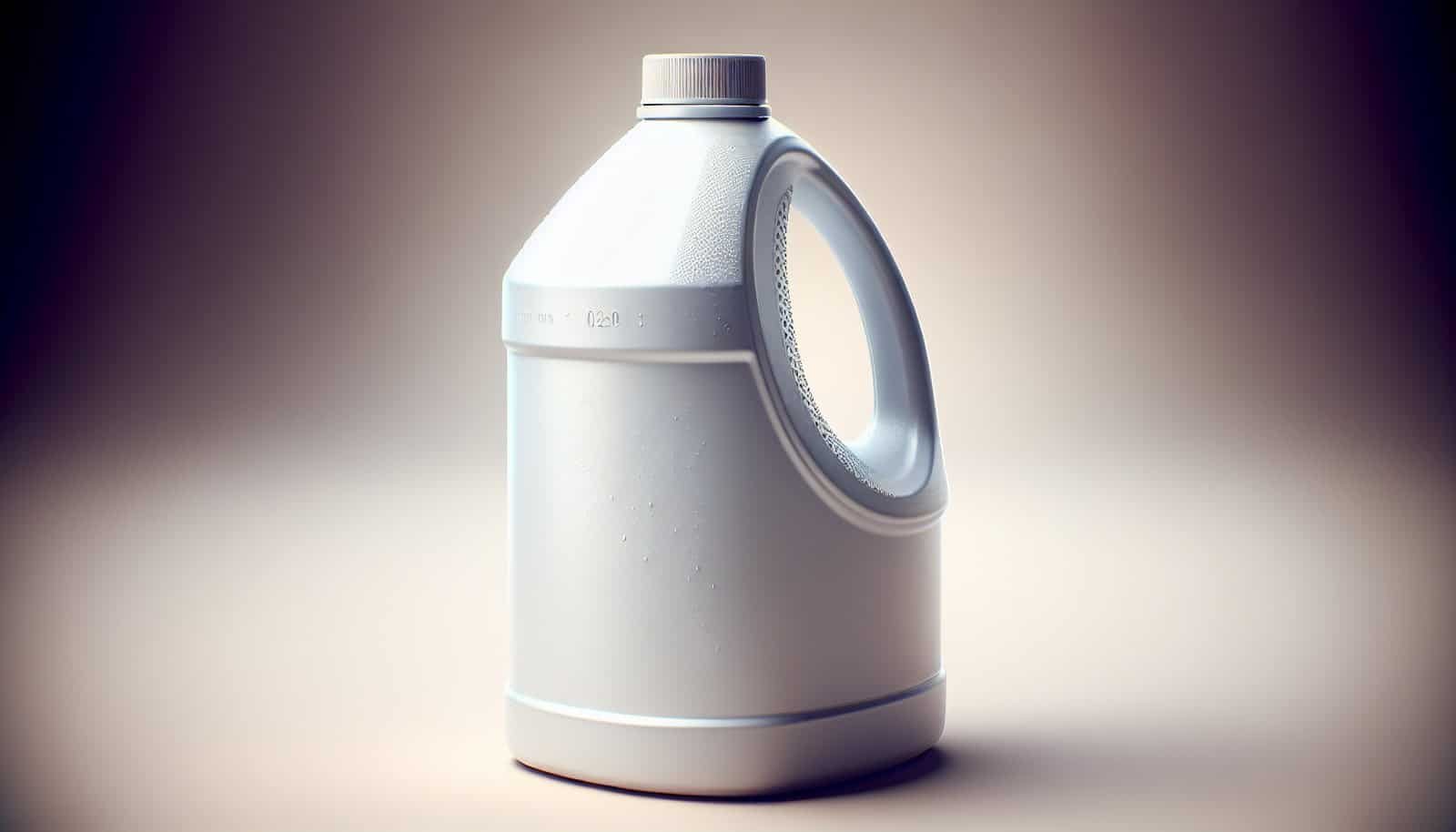
Troubleshooting and common problems
Even if you follow the steps, you may encounter issues. Here’s how to handle common complications.
Persistent bacteria after treatment
If a follow-up test shows coliforms or E. coli, repeat shock chlorination. Investigate persistent contamination sources: cracked casing, leaks in the well, nearby septic issues, or flooding. You may need professional well rehabilitation or repairs.
Chlorine smell that won’t go away
Persistent smell could mean residual trapping in sediments or poor flushing. Continue flushing and check pressure tanks, which may need to be drained and sanitized. If odor is unpleasantly strong, ventilate the area and avoid using water for consumption until it dissipates.
Equipment damage or pump problems
Chlorine is corrosive in high concentrations. If you suspect damage to pump seals or other components, contact a licensed well contractor. Avoid running the pump dry and avoid leaving concentrated bleach in contact with metal components for long periods.
Alternatives to chlorine and when they apply
Chlorine is typically best for bacterial contamination. Other methods can be useful in specific situations.
UV disinfection
Ultraviolet systems can provide continuous disinfection for bacteria and viruses at point-of-entry but do not remove source contamination. UV requires prefiltration of turbidity and does not disinfect the well casing or aquifer. Use UV if your well is microbiologically clean but you want continuous protection.
Hydrogen peroxide and peracetic acid
Some contractors use hydrogen peroxide systems or peracetic acid for oxygen-based disinfection; these can be effective but typically require professional equipment and handling. They may be used where chlorinated discharge is a concern.
Ozone
Ozone is a strong oxidant and is effective for disinfection and taste/odor control, but it is complex, generally expensive, and requires professional installation and maintenance.
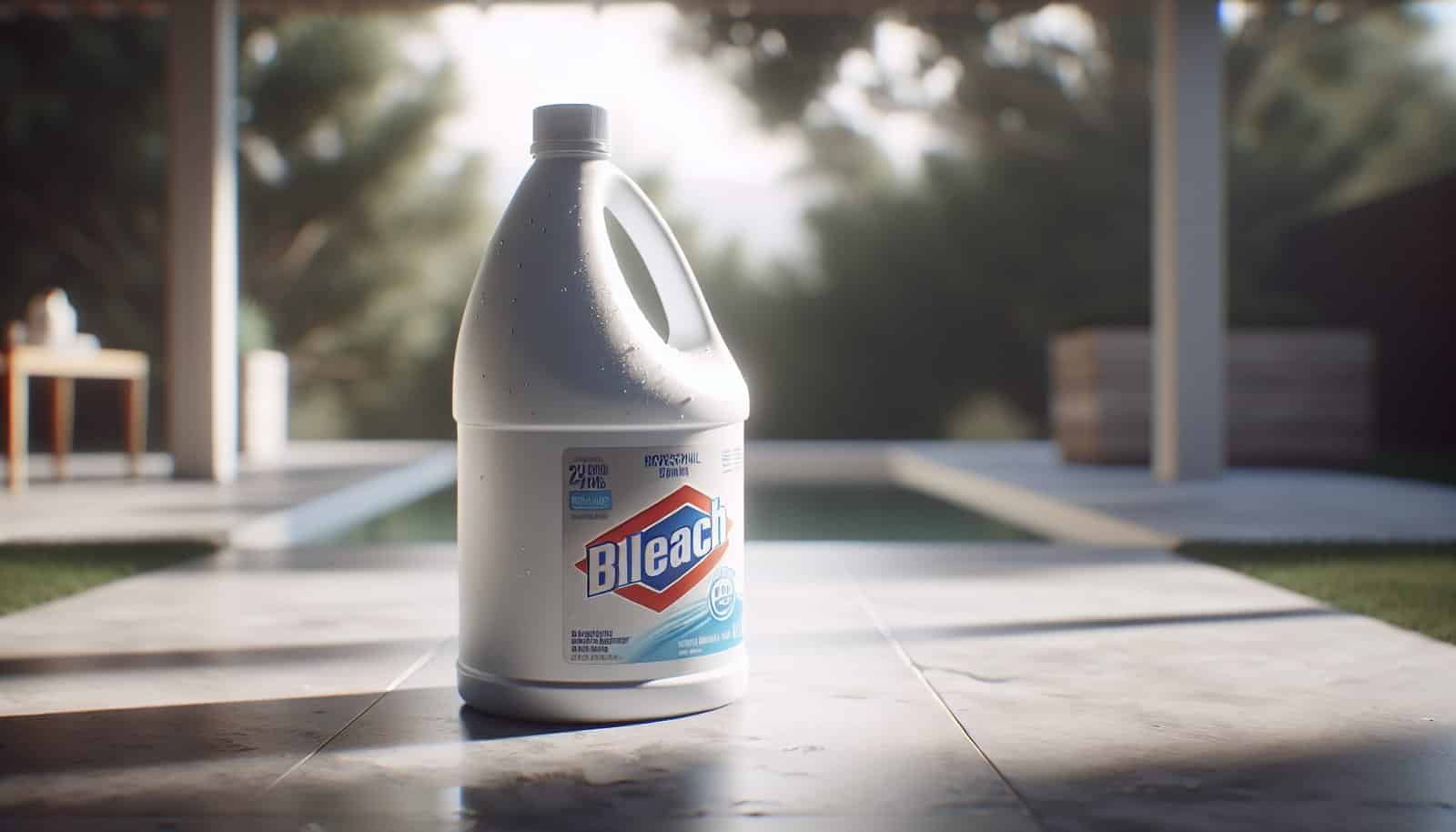
When to call a professional
You should call a licensed well contractor, pump technician, or local health department if you have:
- Structural well damage (cracked casing, damaged cap)
- Sewage intrusion or persistent contamination after multiple chlorinations
- Chemical contamination (nitrate, VOCs, heavy metals)
- Complex well systems, deep wells, or permanent water treatment systems that need service
- Uncertainty about calculations or equipment safety
A professional can perform shock treatments safely, evaluate the well structure, and install or adjust treatment systems.
Preventing future contamination
After successful disinfection, take steps to reduce the chance of recurrence.
Wellhead protection
Keep your well cap sealed and in good condition. Grade the ground around the well so surface water runs away from the casing. Maintain a sanitary zone free of livestock, chemical storage, and septic tanks within recommended setback distances.
Regular maintenance and testing
Test water annually for bacteria and nitrate, and immediately after events such as flooding, repair work, or septic system problems. Inspect the well cap and casing annually and keep records of maintenance and disinfection.
Proper septic and land use practices
Maintain your septic system regularly, locate it at a safe distance from the well, and avoid using or storing hazardous chemicals near the well. Keep fertilizer, pesticides, fuel, and animal pens away from the wellhead area.
Legal and regulatory considerations
Local health departments set rules for potable water and may offer free sampling or guidance. If you sell a property, some jurisdictions require well testing and documentation. Always follow local guidance and report recurring contamination to authorities.
Record keeping: document what you do
Maintain a log that includes the date of disinfection, test results, volumes calculated, amount and type of chlorine used, contact times, and retest results. This record helps you track patterns and provides documentation for regulators or buyers.
Frequently asked questions (FAQs)
How long should I wait after chlorination to use the water?
Don’t drink the water while high chlorine concentrations are present. After flushing until chlorine odor is gone and concentrations are low, most people resume use. For safety, wait until testing confirms the water is free of coliform or E. coli. Many health officials recommend retesting 24–72 hours after flushing, and sometimes again after a week.
Can I use pool chlorine for well disinfection?
Pool-grade chlorine (calcium hypochlorite) is effective but requires careful handling and accurate conversion to ensure correct dosing. If you use it, follow manufacturer instructions and calculate doses precisely. For most homeowners, household bleach is simpler and safer.
Will shock chlorination fix all contamination problems?
No. Shock chlorination kills bacteria but won’t fix structural problems, remove chemical contaminants, or stop continuous contamination sources. Investigate and correct the source of contamination for a long-term solution.
How often should I disinfect my well?
Routine disinfection is not usually needed. Disinfect after confirmed bacterial contamination, after well work or repairs, after flooding, or as recommended by your health department. Regular annual testing is recommended.
Summary and key takeaways
- Always test before and after disinfection to confirm contamination and verify success.
- Calculate total water volume to accurately dose chlorine—use the provided formulas and tables.
- Typical targets for shock chlorination are 50–100 ppm for routine cases and up to 200 ppm for severe contamination.
- Follow a step-by-step procedure: prepare, add diluted bleach, circulate, allow contact time, flush, and retest.
- Use proper PPE and never mix chlorine with other chemicals.
- If contamination persists or you suspect structural or chemical issues, call a professional.
- Prevent future problems by protecting your wellhead, maintaining your septic system, and testing regularly.
If you’d like, tell me the well casing diameter and depth of water (or the total water volume you estimate) and the concentration of the bleach you have. I can calculate a tailored dosing amount and walk you through a step-by-step plan specific to your situation.
